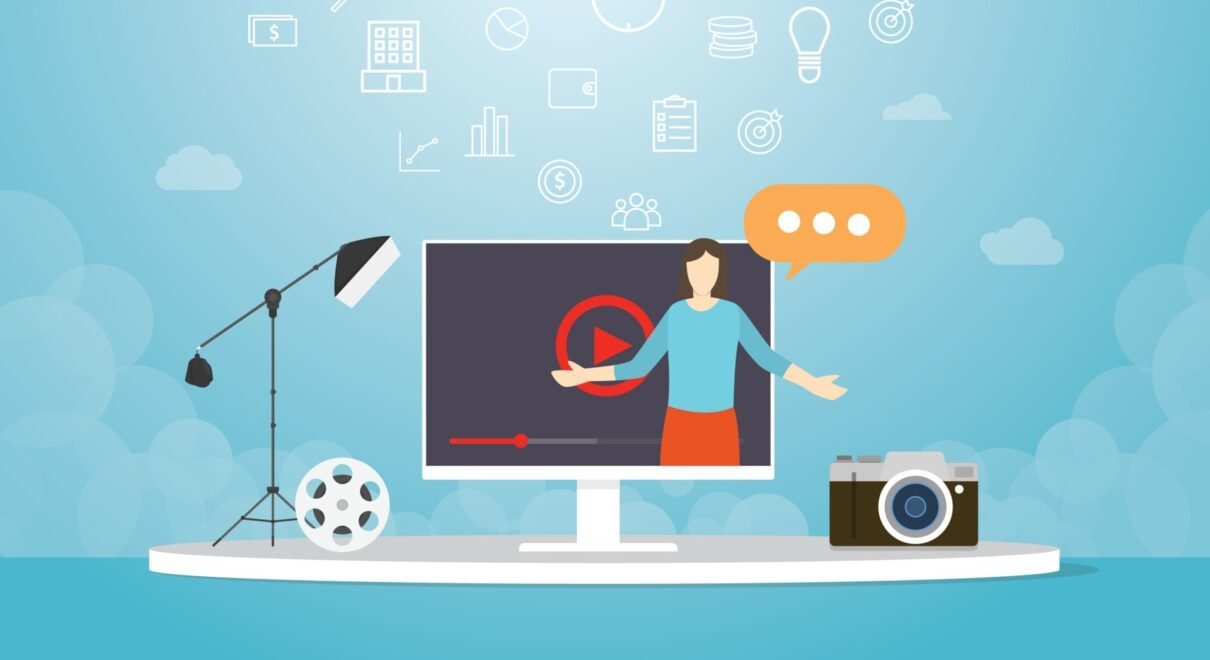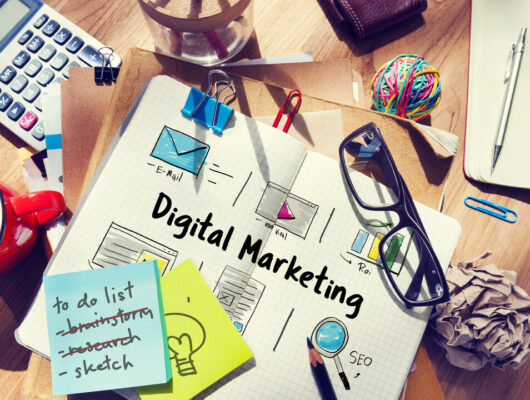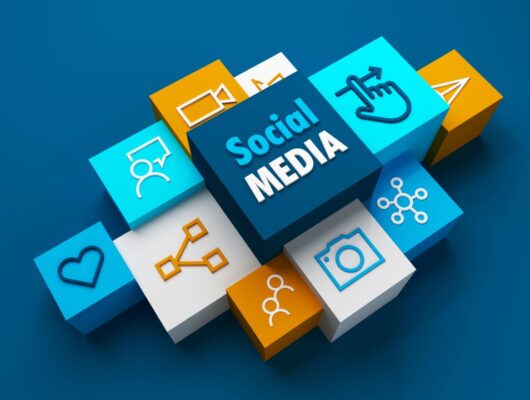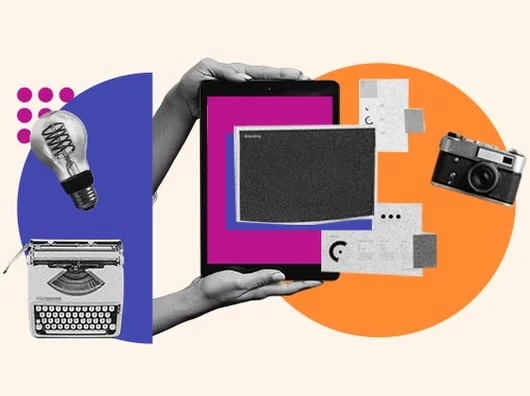In today’s digital age, video content has emerged as a dominant force in the realm of online communication.
From social media platforms to corporate websites, video has become a go-to medium for engaging and connecting with audiences.
In this article, we will explore the significance of video content and its impact on various aspects of our lives, from marketing and education to entertainment and social interaction.
Video Content in Marketing
Video content is an essential tool in modern marketing strategies. Companies utilize it to create compelling advertisements, product demonstrations, and brand stories that resonate with their target audience.
Videos can convey messages in a way that text and images alone cannot, making it an ideal medium for building brand awareness and driving customer engagement.
Statistics show that video marketing is more effective than ever. According to a survey by Wyzowl, 84% of consumers say they’ve been convinced to buy a product or service by watching a brand’s video.
Whether it’s a short promotional clip on social media or an in-depth product tutorial on a website, video content can convert viewers into loyal customers.
Educational Video Content
In the field of education, video content has transformed traditional learning methods. Educational institutions, from primary schools to universities, have incorporated video lectures and tutorials into their curricula.
Online courses, often delivered through video platforms, have made education accessible to a global audience.
Video content offers a dynamic and engaging way to impart knowledge, making complex subjects more understandable.
Additionally, YouTube has become a massive repository of educational content, with countless channels dedicated to teaching various skills and subjects.
Students can now learn anything from mathematics to art, often for free, through this extensive video library.
Video for Entertainment
Video content is synonymous with entertainment in today’s world. Streaming services like Netflix, YouTube, Amazon Prime, and Disney+ have transformed how we consume content.
From movies and TV series to user-generated videos and live streams, video platforms have created an unparalleled range of entertainment options.
The popularity of short-form video platforms like TikTok and Instagram Reels has further reshaped the entertainment landscape, with creators and users embracing the bite-sized content format.
It’s evident that video content is a primary source of entertainment, providing a constant stream of content for every taste and preference.
Social Interaction and Connection
Video content has revolutionized how we connect and interact with others. Platforms like Zoom, Skype, and FaceTime have become indispensable tools for personal and professional communication, especially during the COVID-19 pandemic.
Video calls allow us to see and connect with loved ones and colleagues, bridging the gap when physical meetings are not possible.
Additionally, social media platforms have integrated video as a central feature. Stories on platforms like Instagram and Snapchat, as well as the rise of live streaming, have made video content a vital component of our online social interactions.
It’s a way to share experiences, thoughts, and emotions in a more personal and engaging manner.
Conclusion
Video content has permeated every facet of our digital lives, from marketing and education to entertainment and social interaction. Its power lies in its ability to engage, inform, and entertain like no other medium.
As technology continues to evolve, video content will likely play an even more significant role in how we communicate and connect in the future.
As content creators and consumers, it’s crucial to recognize the influence and potential of video in the digital age and harness it to its fullest extent.






